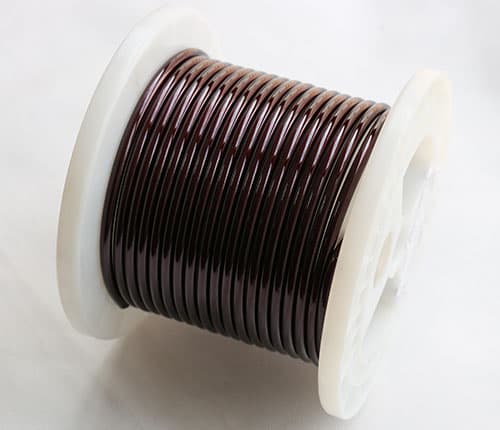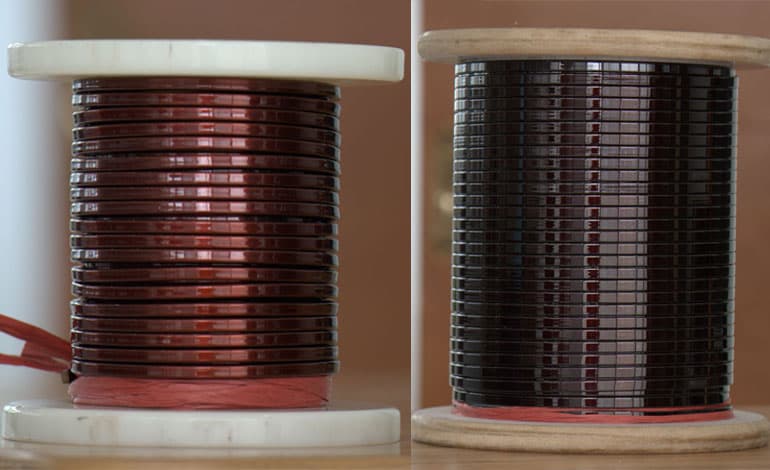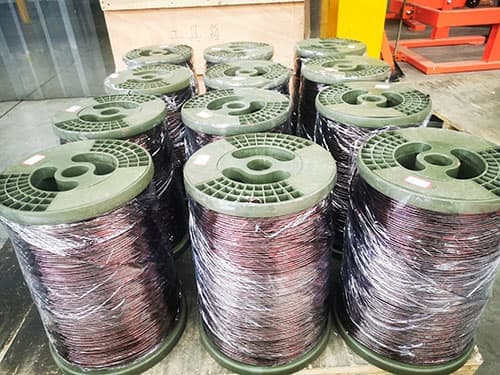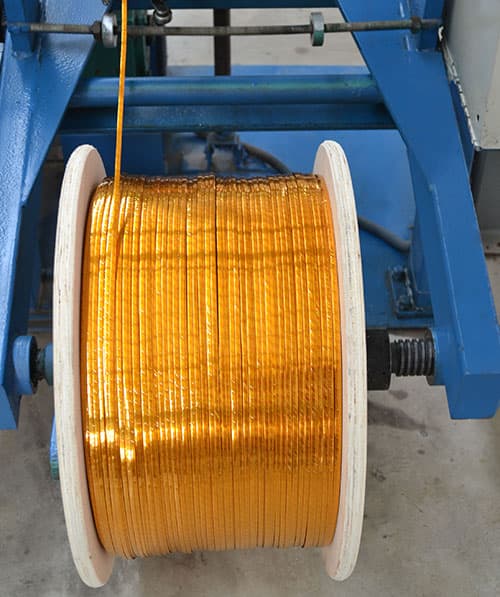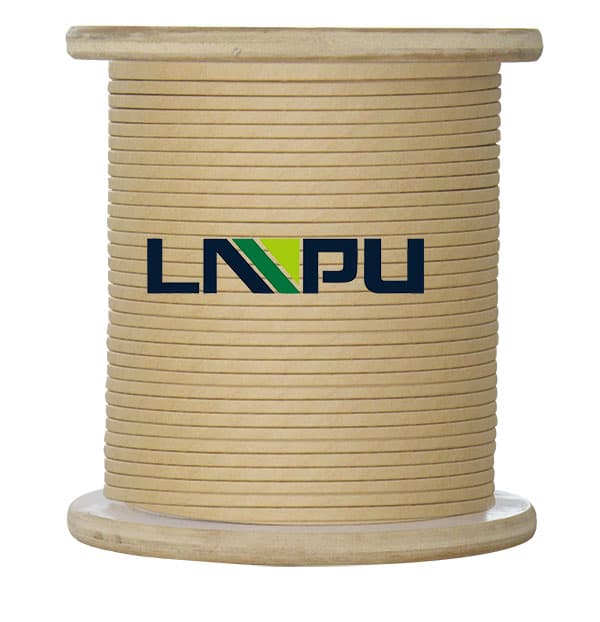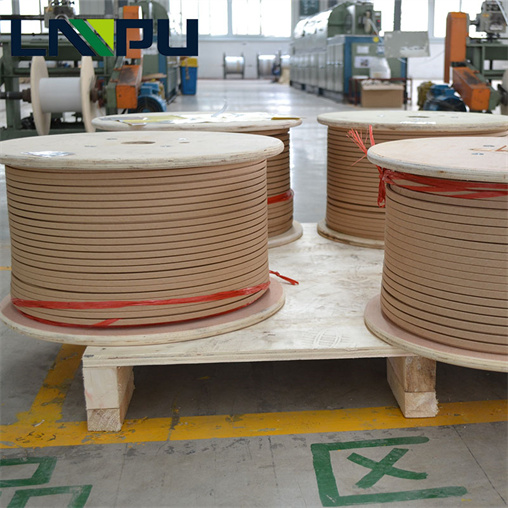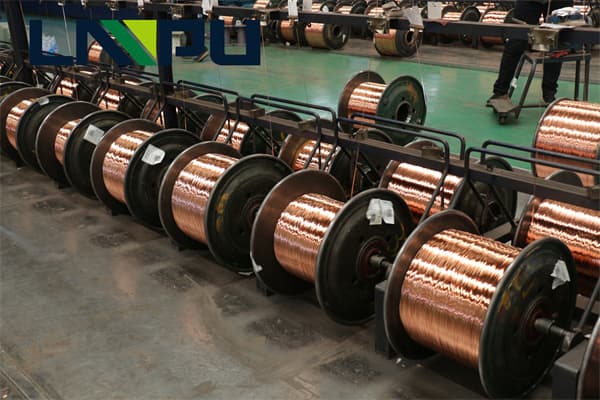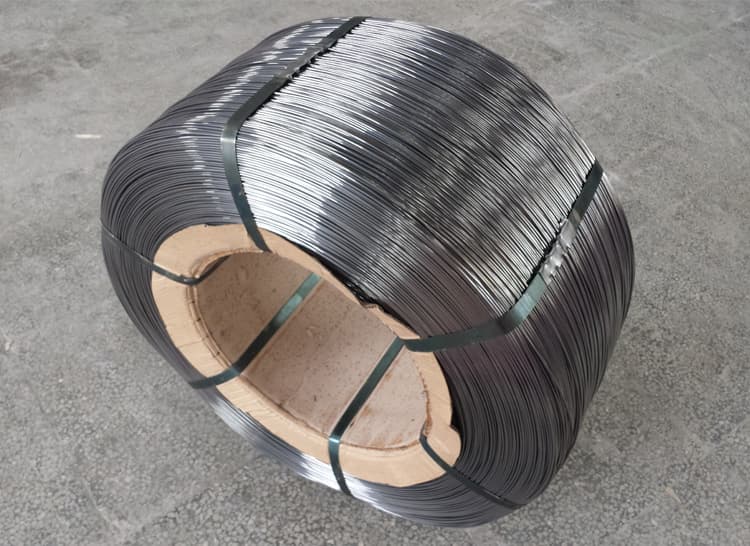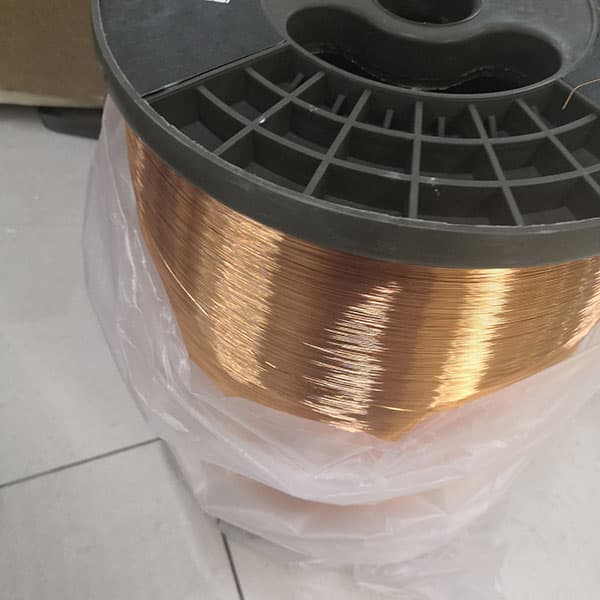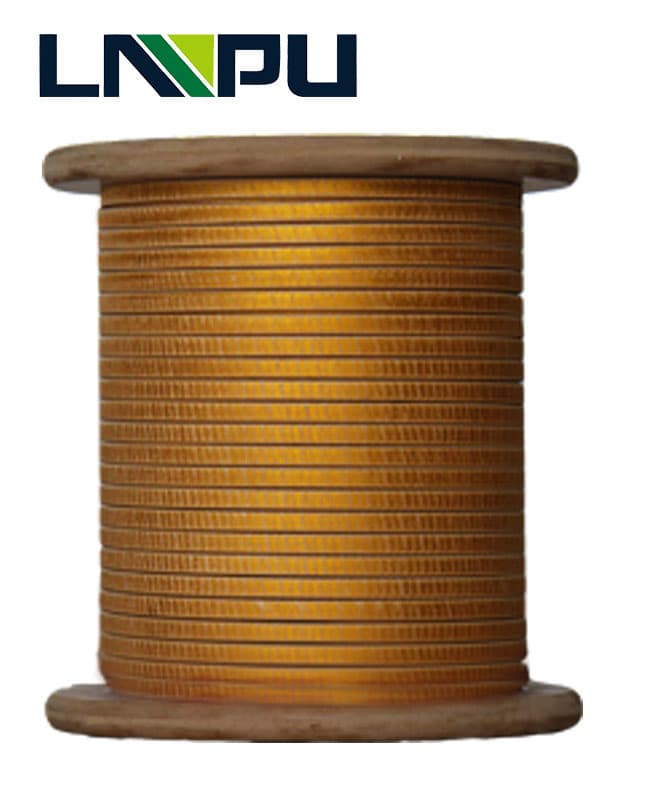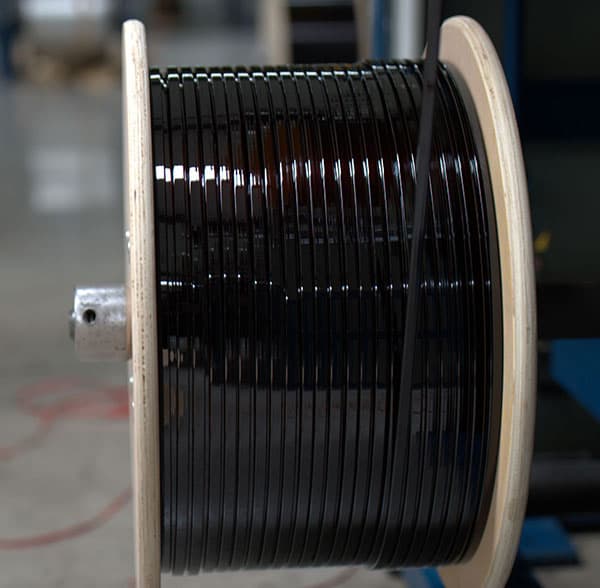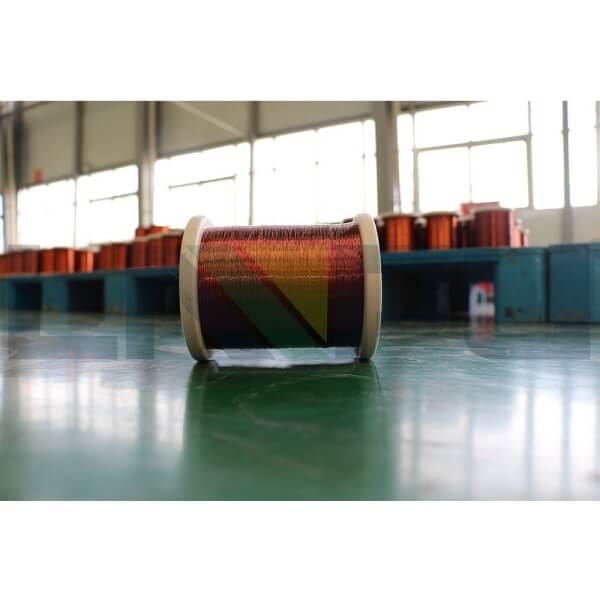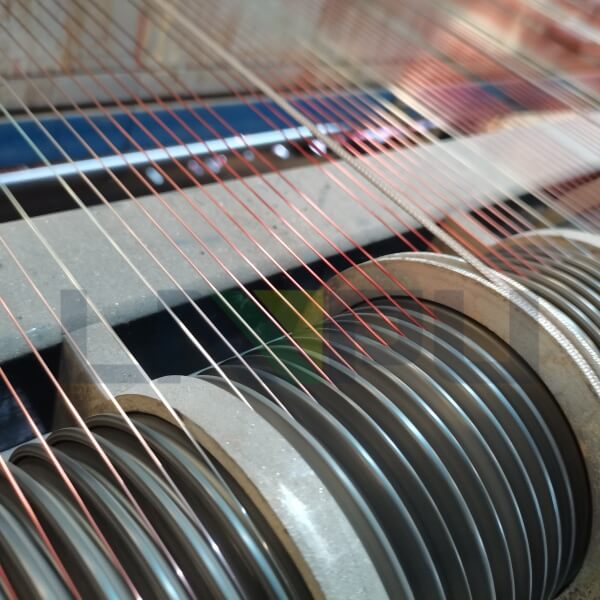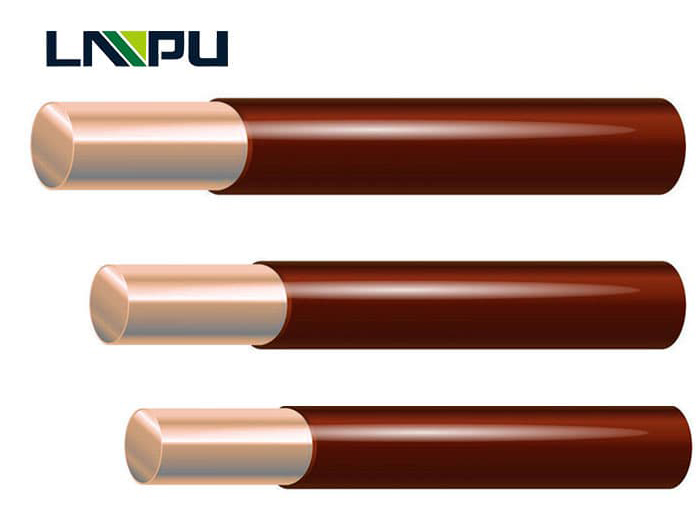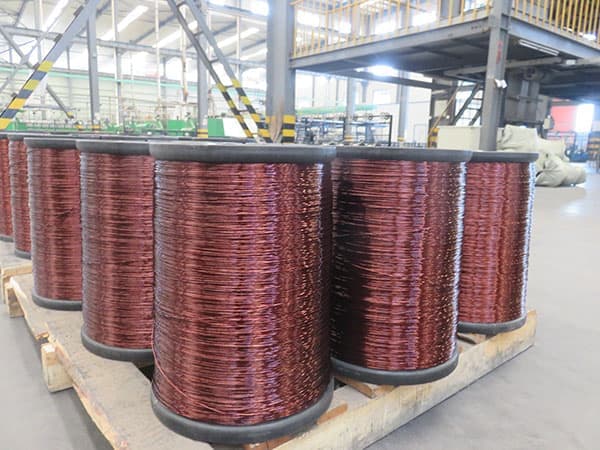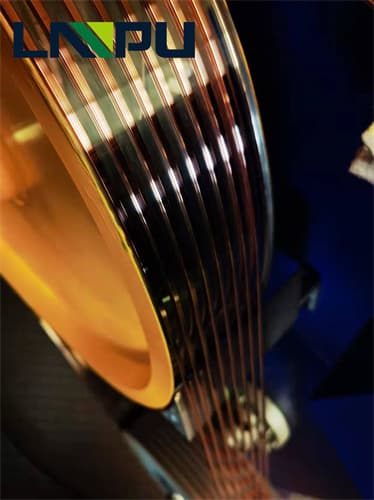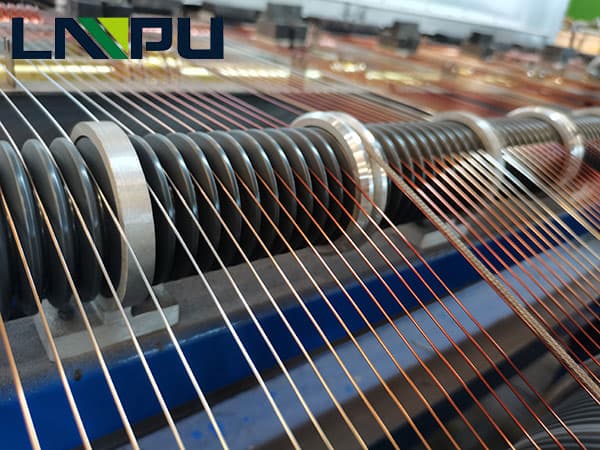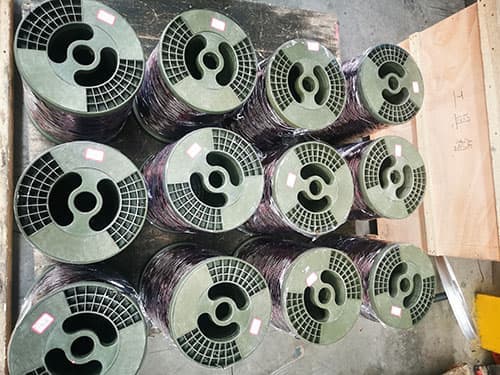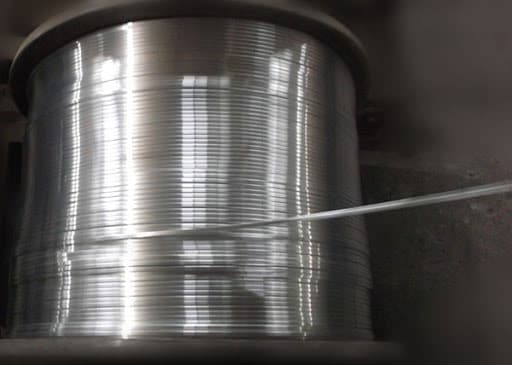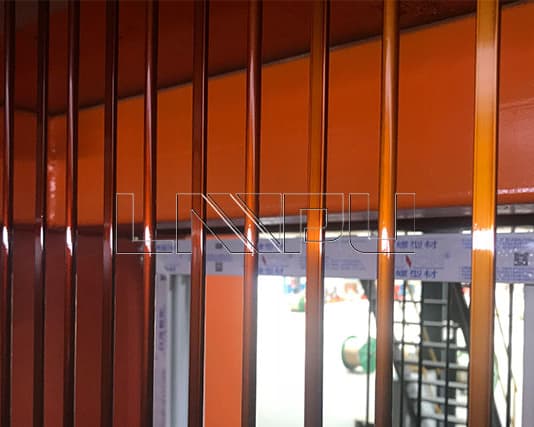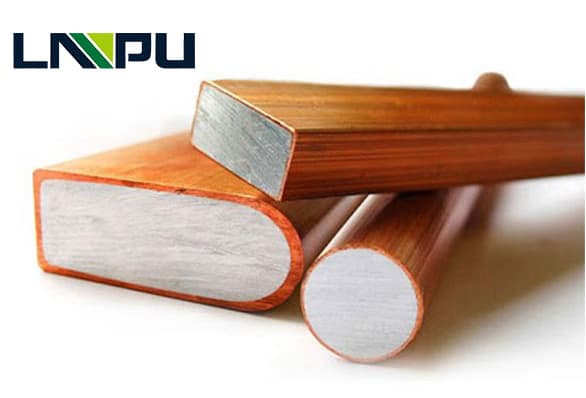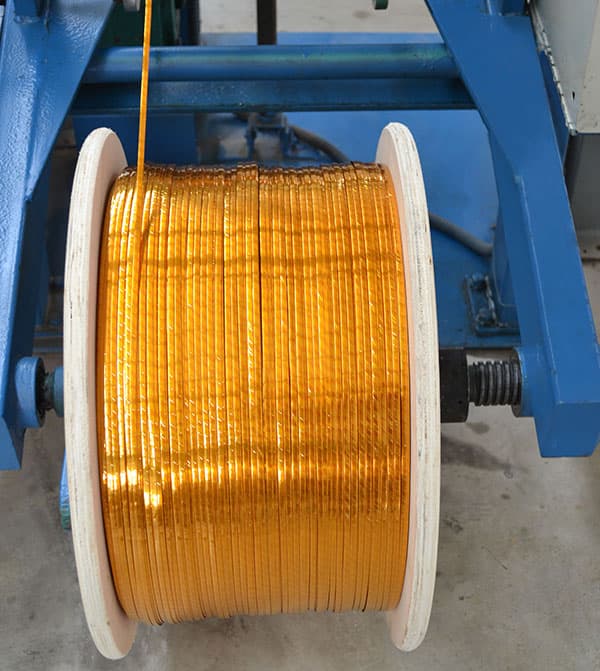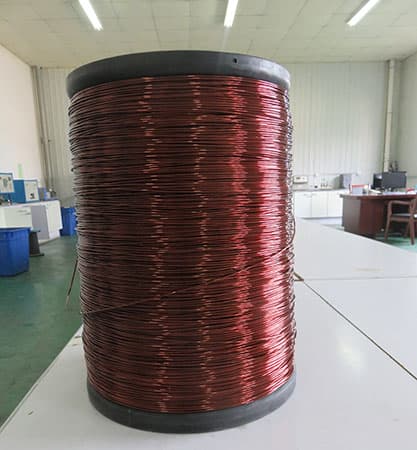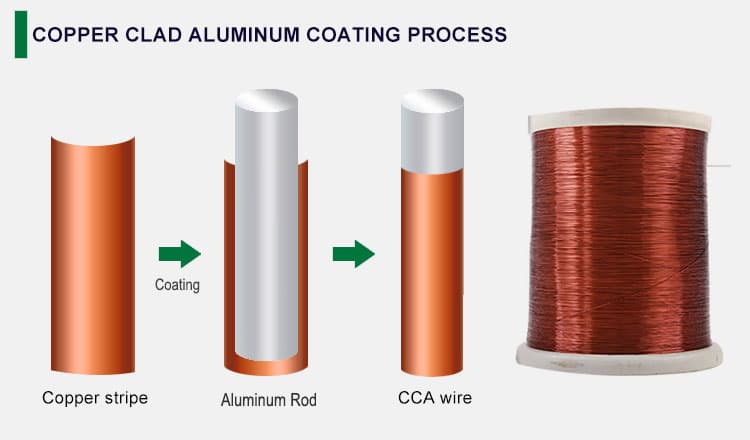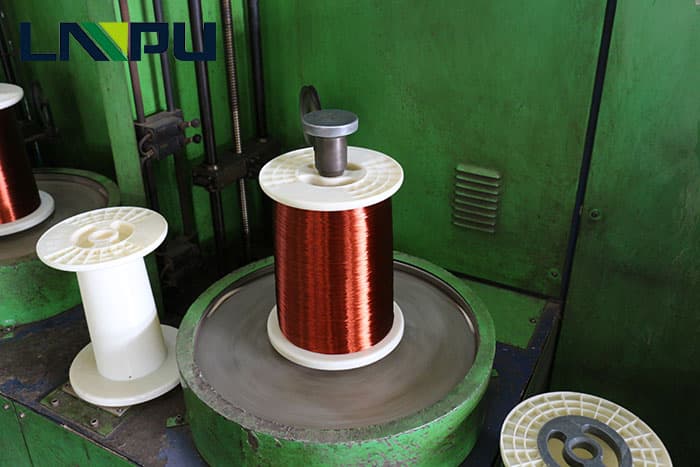American wire gauge AWG
The AWG tables are for a single, solid and round conductor. The AWG of a stranded wire is determined by the cross-sectional area of the equivalent solid conductor. Because there are also small gaps between the strands, a stranded wire will always have a slightly larger overall diameter than a solid wire with the same AWG.
American Wire Gauge (AWG), also known as the Brown & Sharpe wire gauge, is a logarithmic stepped standardized wire gauge system used since 1857, predominantly in North America, for the diameters of round, solid, nonferrous, electrically conducting wire. Dimensions of the wires are given in ASTM standard B 258. The cross-sectional area of each gauge is an important factor for determining its current-carrying ampacity.
Increasing gauge numbers denote decreasing wire diameters, which is similar to many other non-metric gauging systems such as British Standard Wire Gauge (SWG), but unlike IEC 60228, the metric wire-size standard used in most parts of the world. This gauge system originated in the number of drawing operations used to produce a given gauge of wire. Very fine wire (for example, 30 gauge) required more passes through the drawing dies than 0 gauge wire did. Manufacturers of wire formerly had proprietary wire gauge systems; the development of standardized wire gauges rationalized selection of wire for a particular purpose.
AWG is also commonly used to specify body piercing jewelry sizes (especially smaller sizes), even when the material is not metallic.

